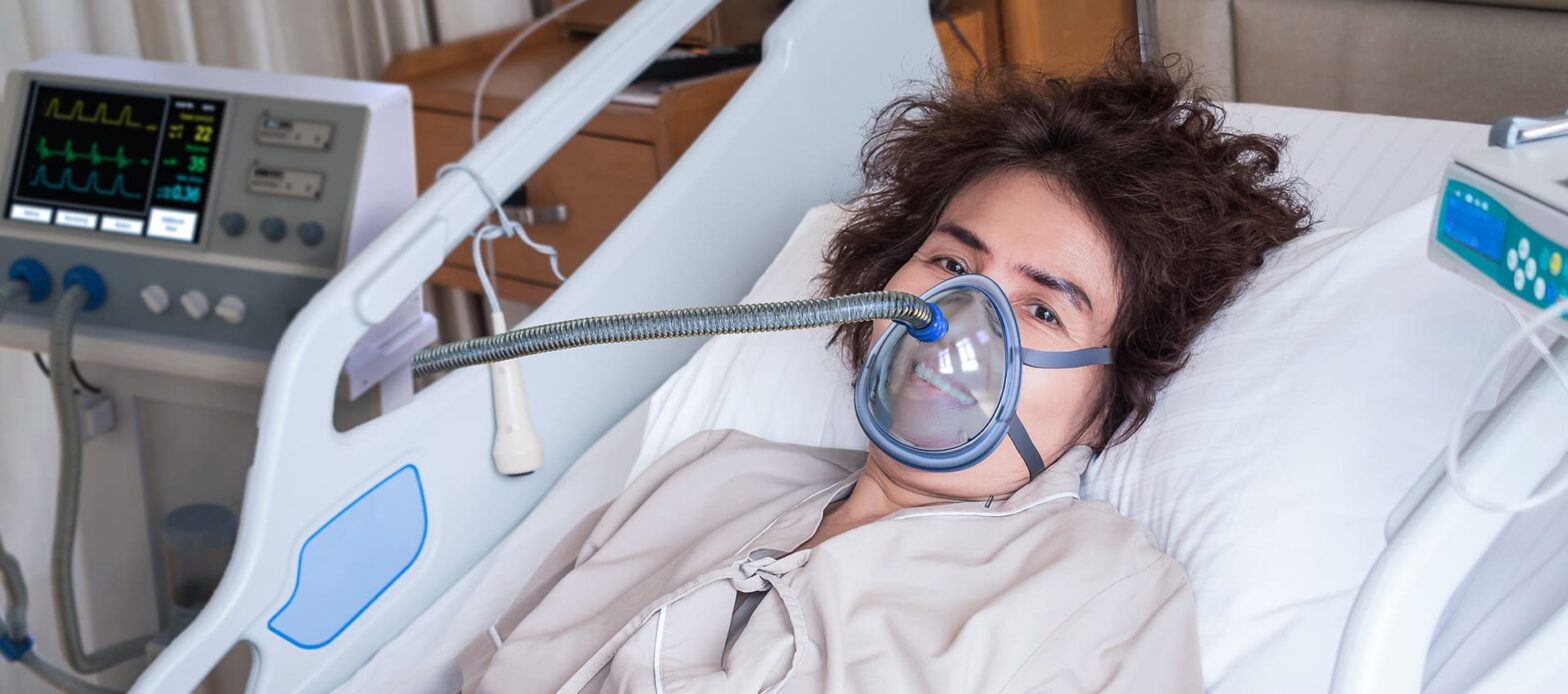Respiratory illnesses, including chronic conditions like asthma and Chronic Obstructive Pulmonary Disease (COPD) and acute infections such as pneumonia, continue to be significant health challenges worldwide. As the need for effective respiratory care increases, technological advancements are transforming the landscape, offering improved diagnostic, therapeutic, and monitoring solutions. Below is a glimpse into the cutting-edge innovations revolutionizing respiratory care:
Technological Innovations in Respiratory Care
- Smart Inhalers: Traditional inhalers have been effective, but patient adherence is often a challenge. Smart inhalers, equipped with sensors, track usage, remind patients to take their doses, and collect data for healthcare providers. By ensuring timely medication intake and providing insights into patient habits, smart inhalers significantly improve treatment outcomes.
- Portable Ventilators: The COVID-19 pandemic highlighted the critical need for ventilators. Recent innovations have led to the development of portable, lightweight ventilators that can be used in various settings, from ambulances to home care. These devices offer flexibility, ensuring patients receive timely respiratory support without being confined to hospital settings.
- Tele-respiratory Care: Telemedicine has advanced significantly, and respiratory care is no exception. Remote monitoring tools, combined with teleconsultations, allow clinicians to assess lung functions, monitor oxygen saturation, and adjust treatments without the need for in-person visits. This approach not only enhances accessibility but also reduces the risk of infections.
- High-Flow Nasal Cannula (HFNC) Systems: HFNC systems deliver a mixture of air and oxygen at high flow rates, providing better humidification and oxygenation compared to traditional methods. Their efficacy in treating respiratory distress and failure has made them indispensable, especially in intensive care units.
- Artificial Intelligence (AI) in Diagnostics: AI-driven tools are now assisting in the early detection of respiratory conditions. For instance, machine learning algorithms can analyze chest X-rays and CT scans to identify patterns indicative of diseases like tuberculosis or lung cancer, facilitating timely interventions.
- 3D-Printed Airway Stents: Airway stents are crucial for patients with obstructions. 3D printing technology enables the creation of customized stents tailored to a patient's unique anatomy, ensuring a better fit, reduced complications, and enhanced comfort.
- Wearable Respiratory Monitors: Wearables that track respiratory rates, patterns, and oxygen levels are becoming increasingly sophisticated. These devices empower patients to monitor their conditions in real-time, alerting them and their caregivers to any concerning changes.
The fusion of technology and respiratory medicine promises a future where respiratory ailments are managed more effectively, with enhanced patient engagement and improved outcomes. As innovations continue to emerge, the focus remains on patient-centric solutions that prioritize safety, accessibility, and quality of care.
Connect with OxyMed for cutting-edge products to ensure better patient outcomes.
